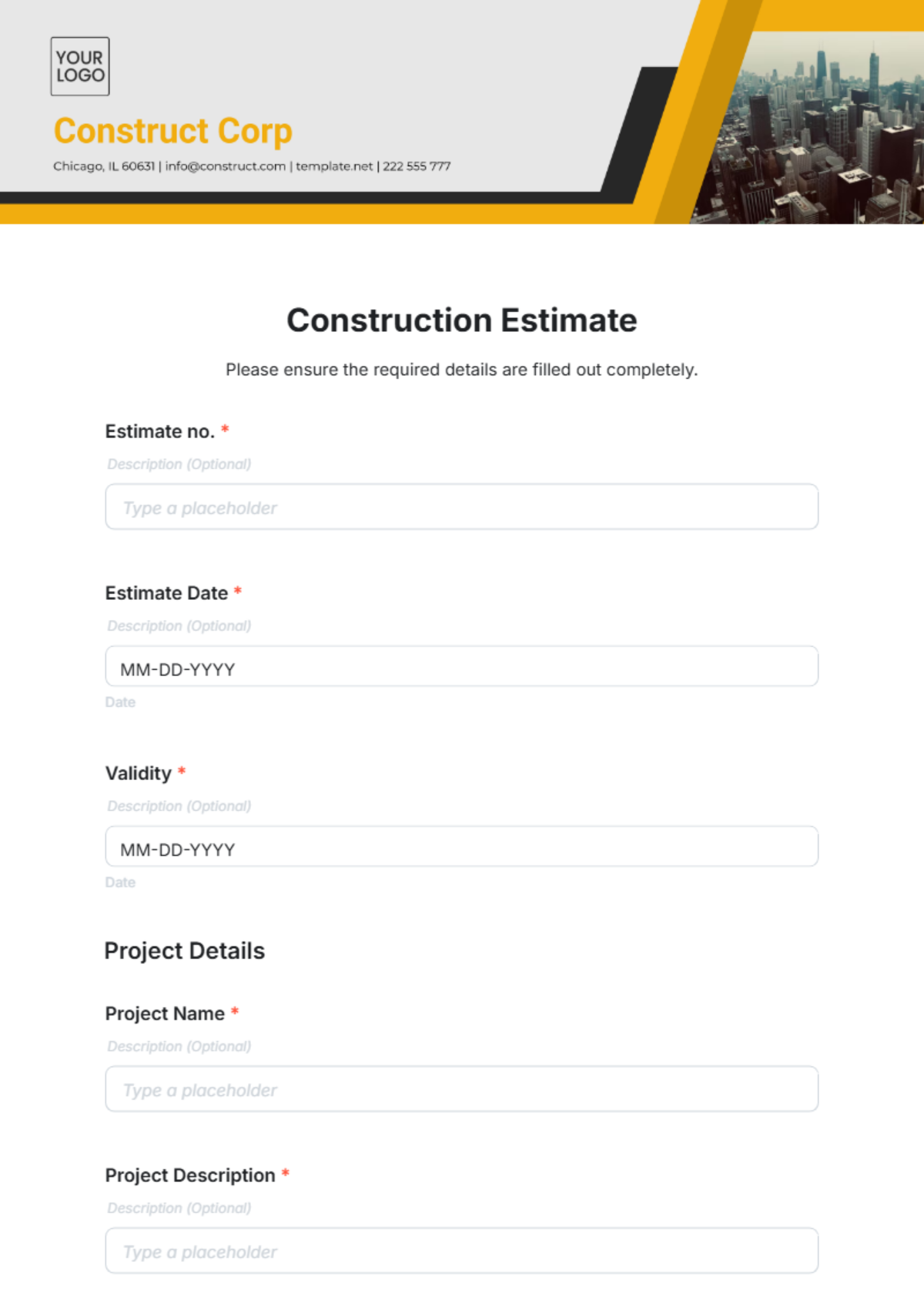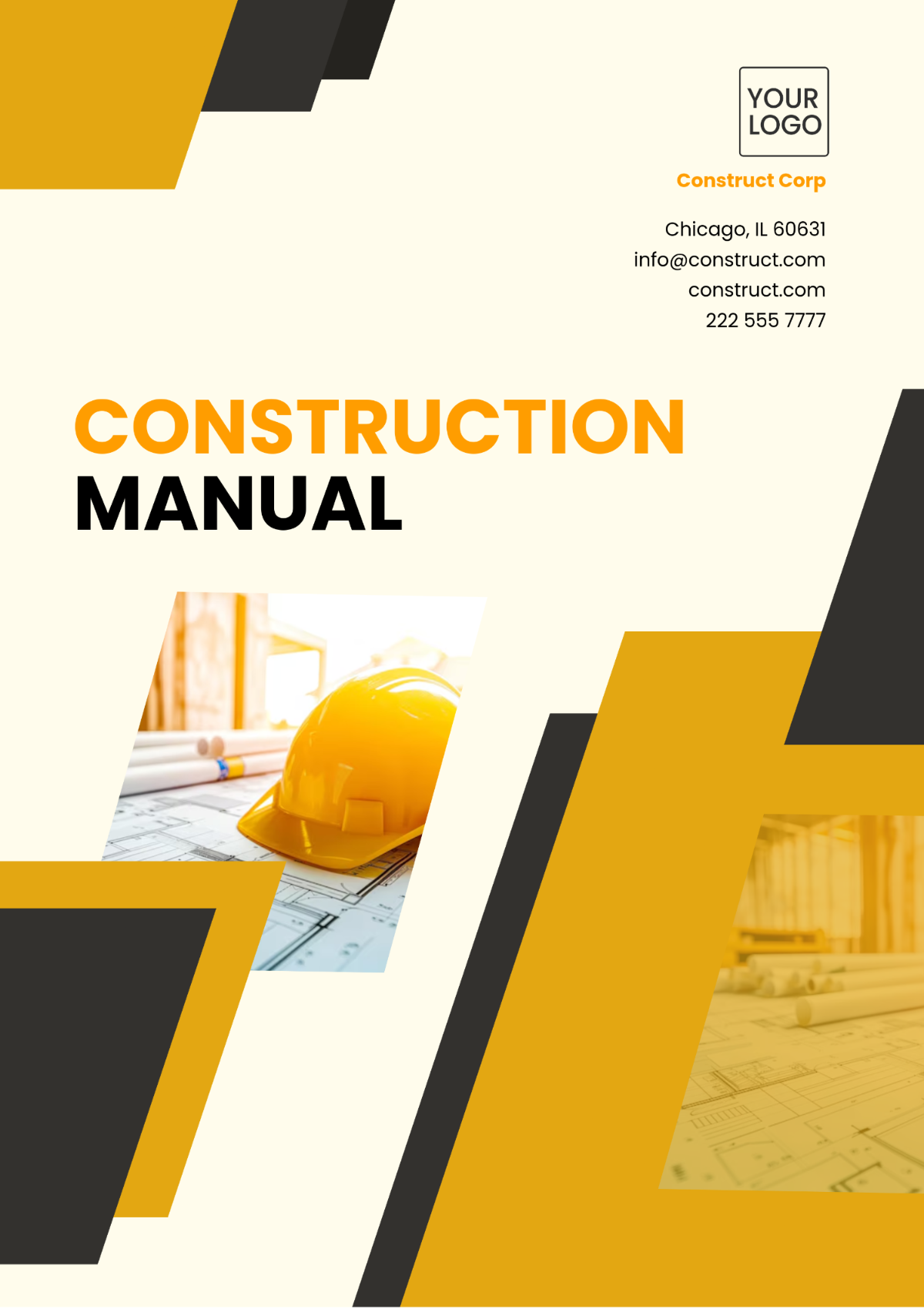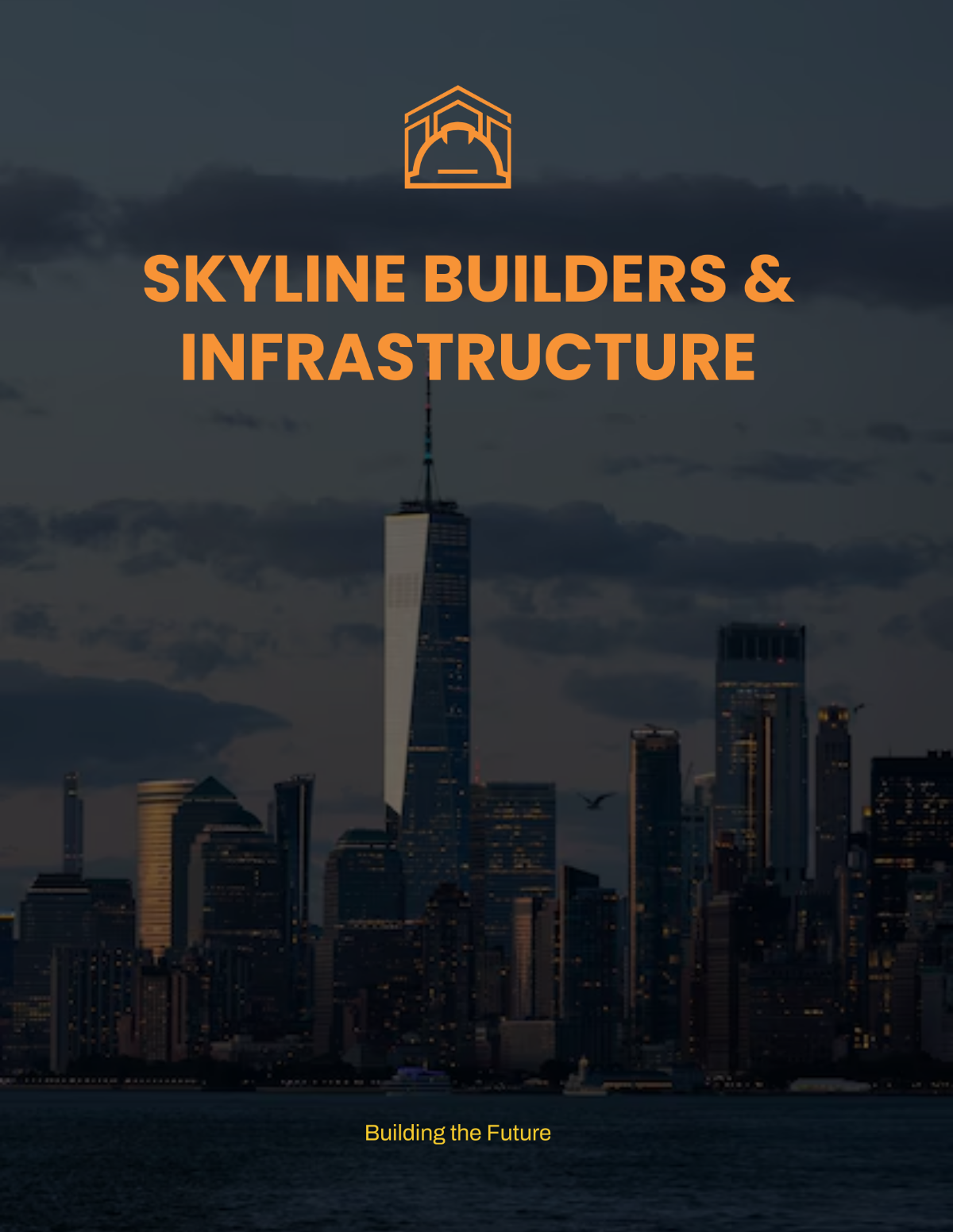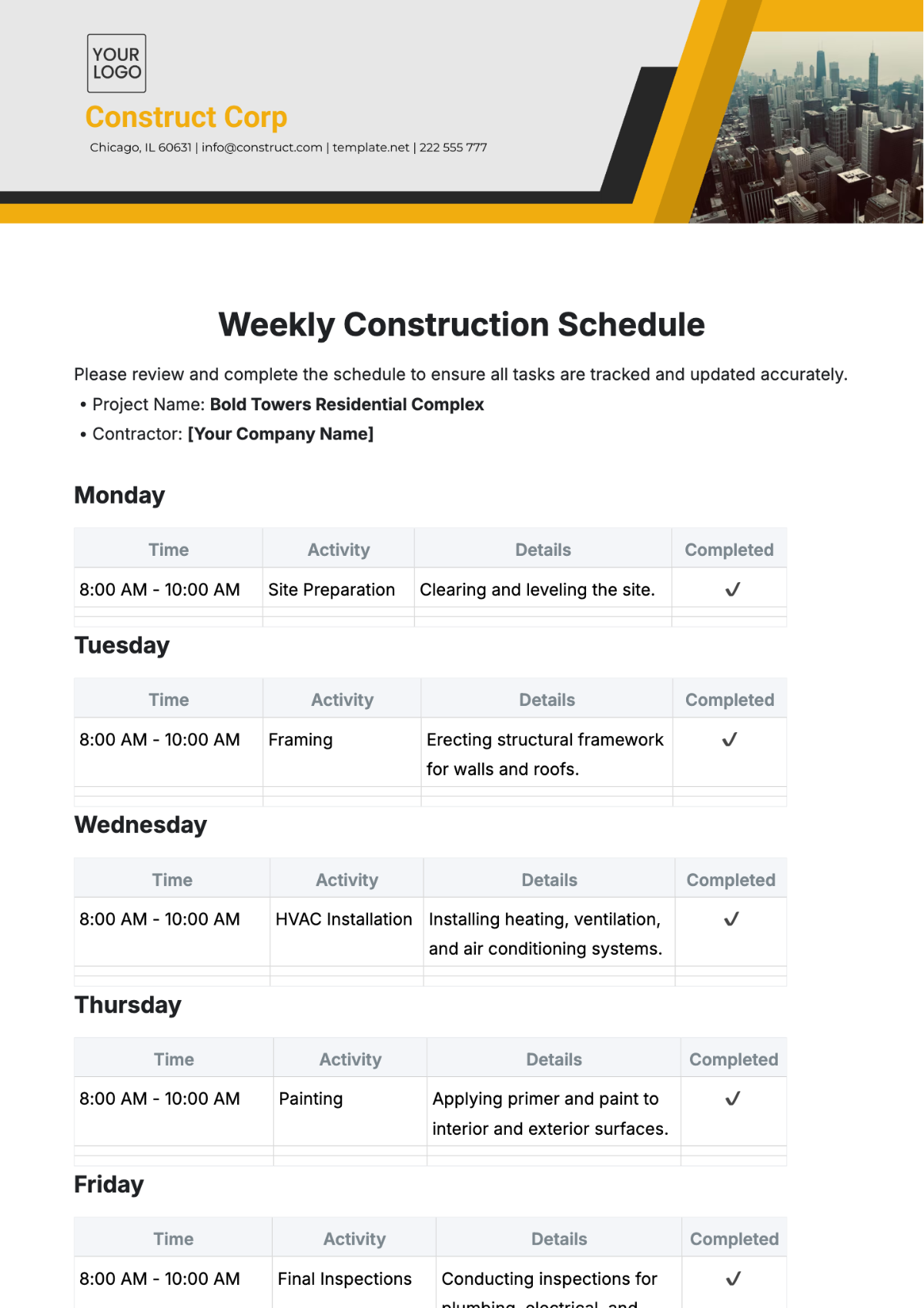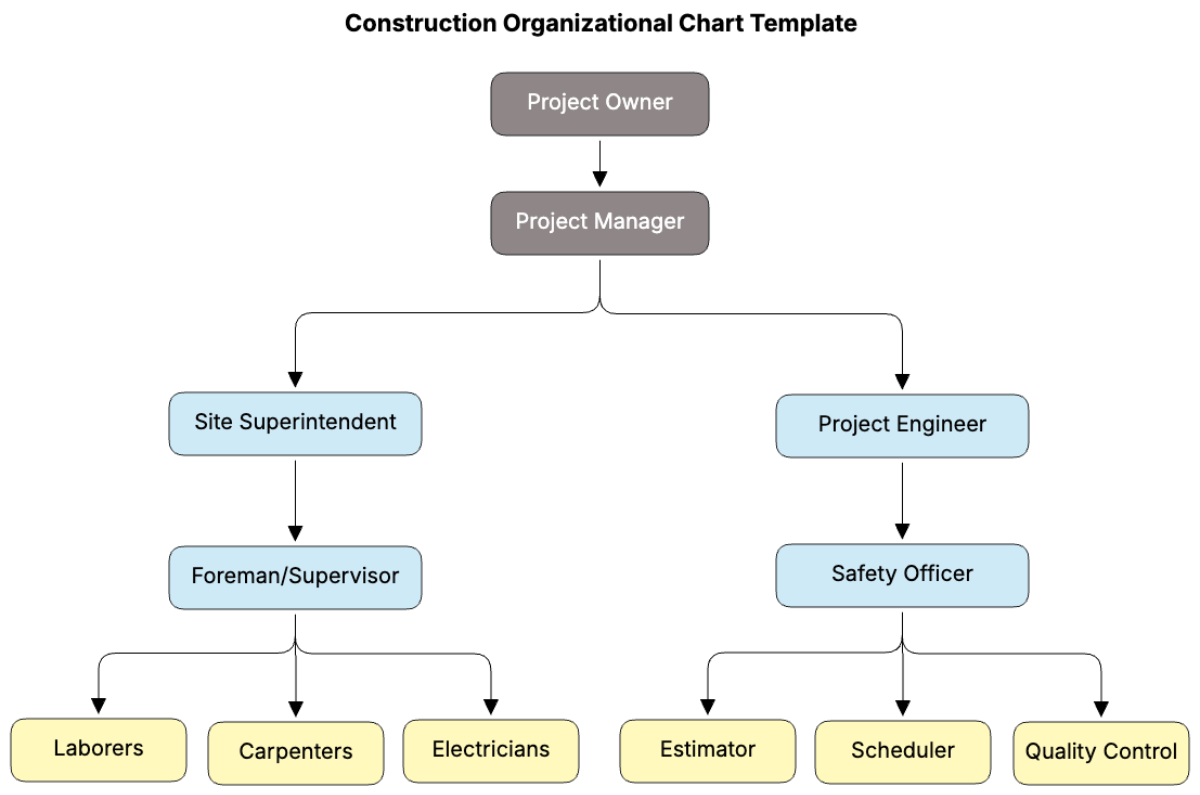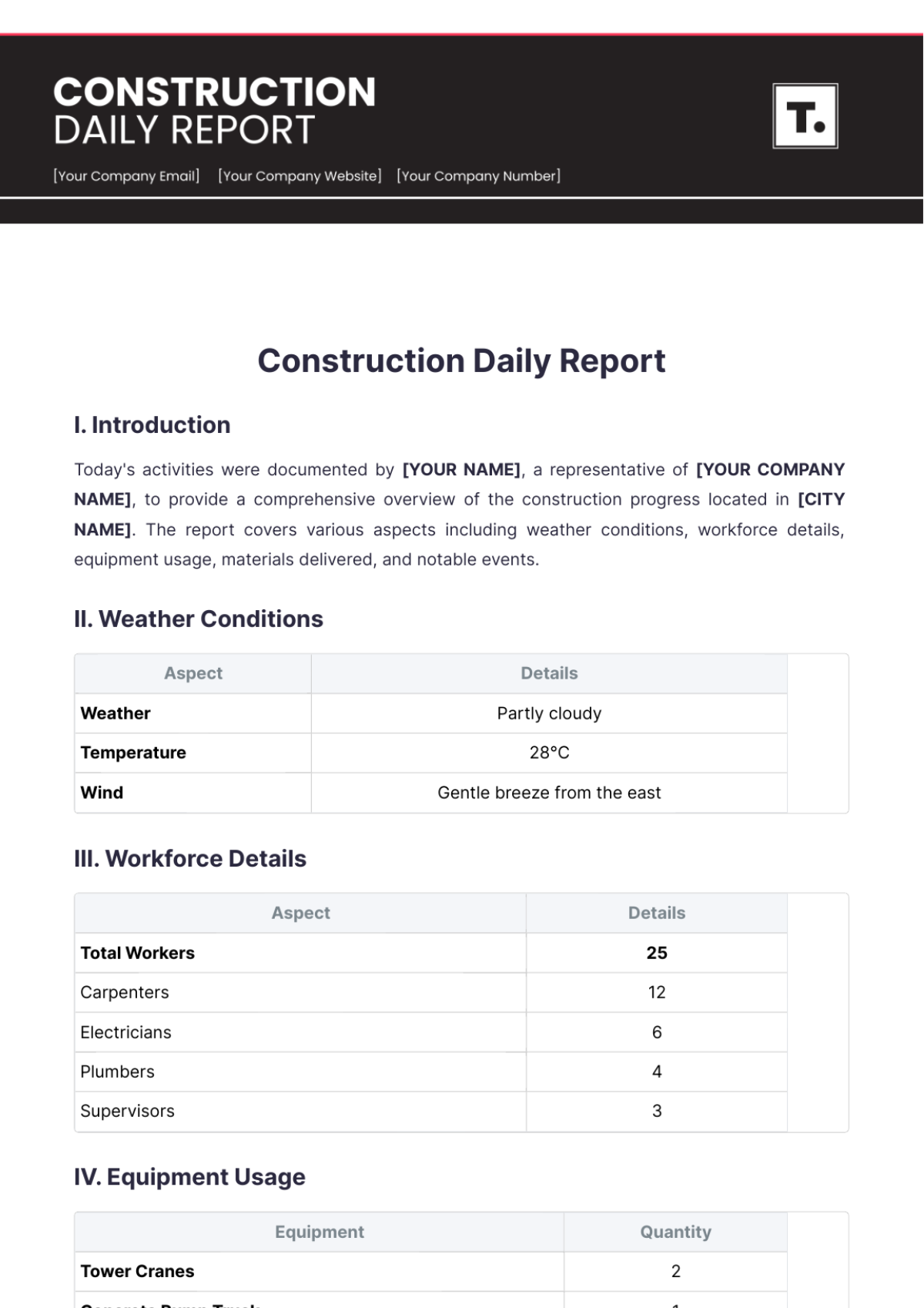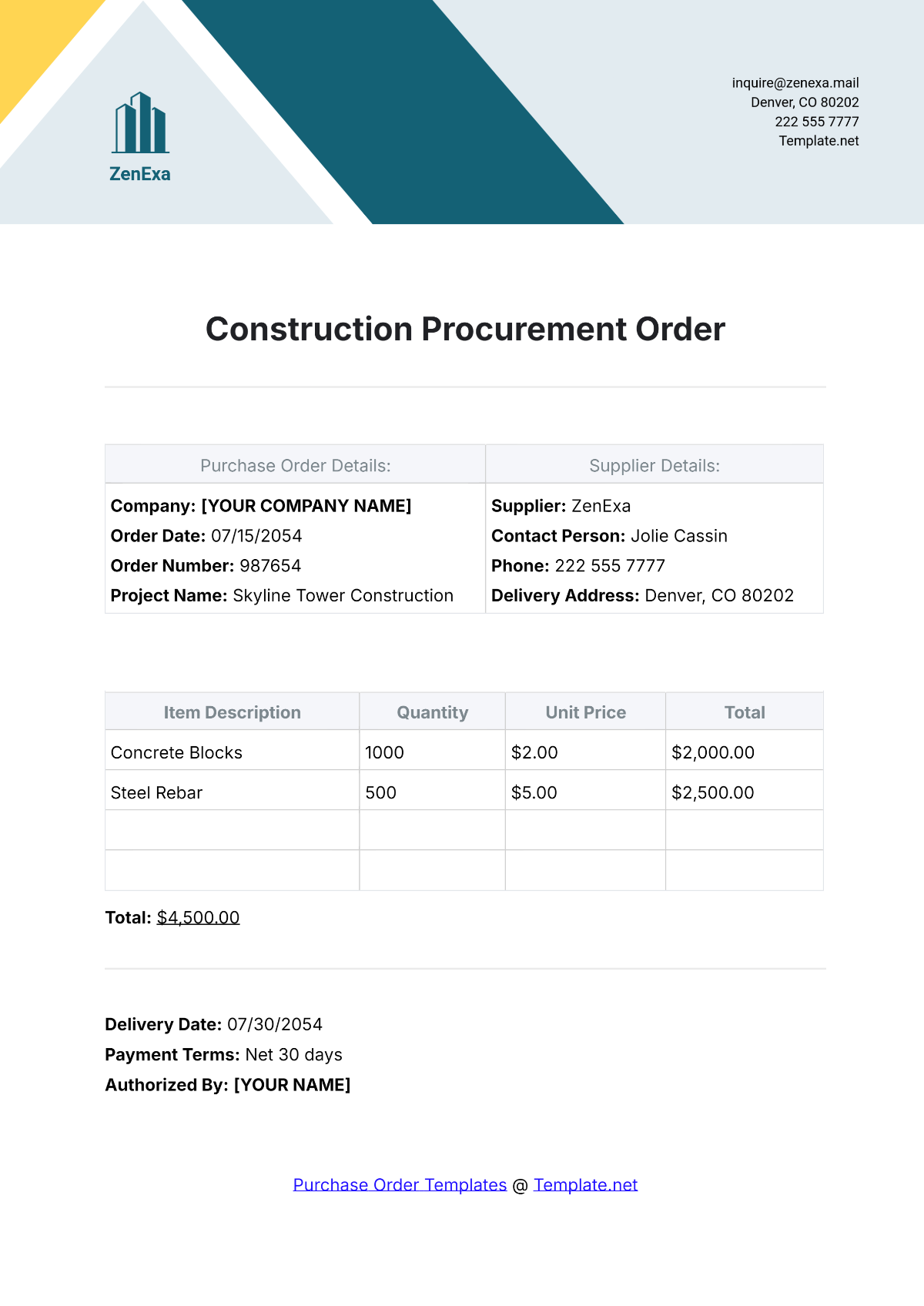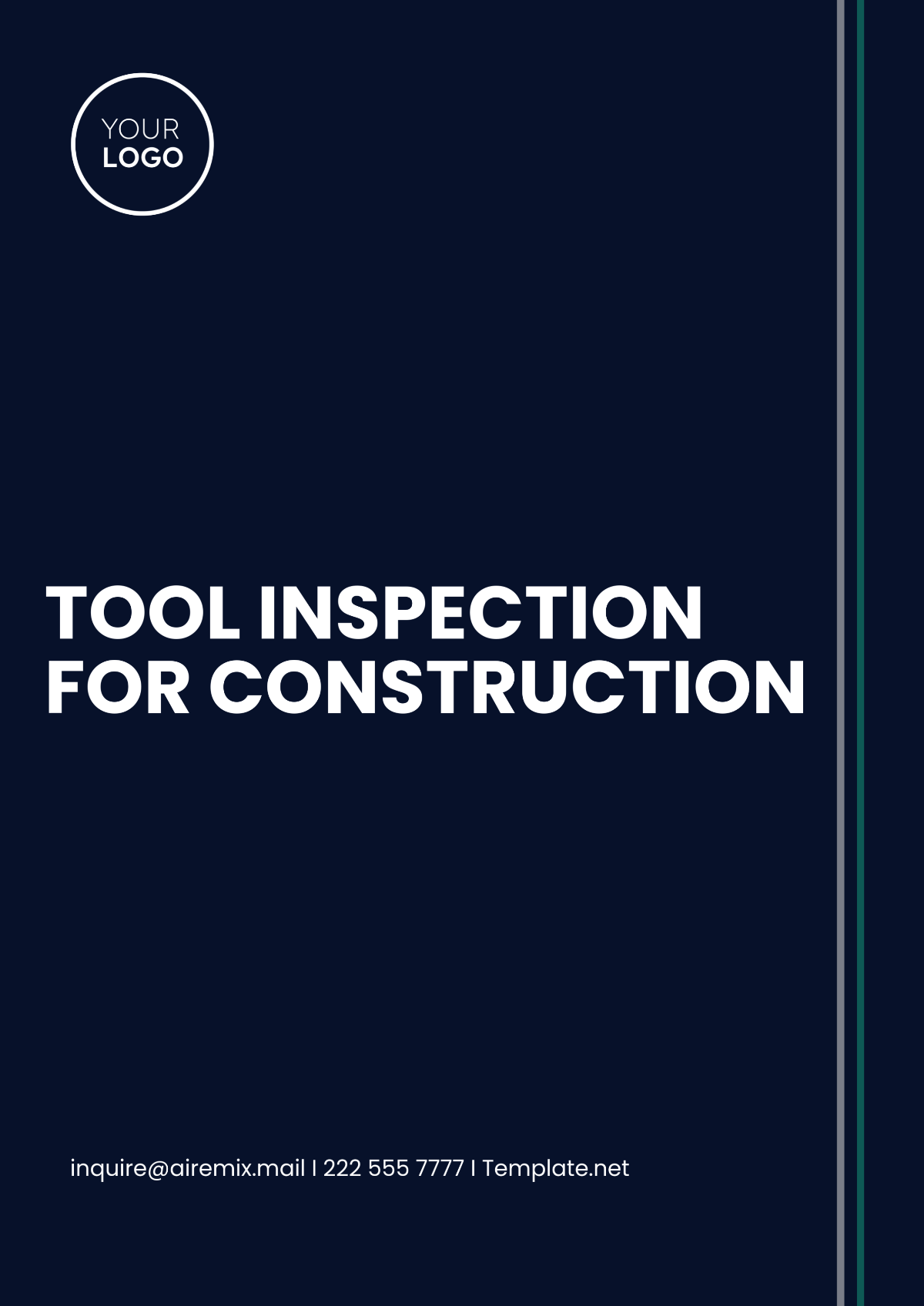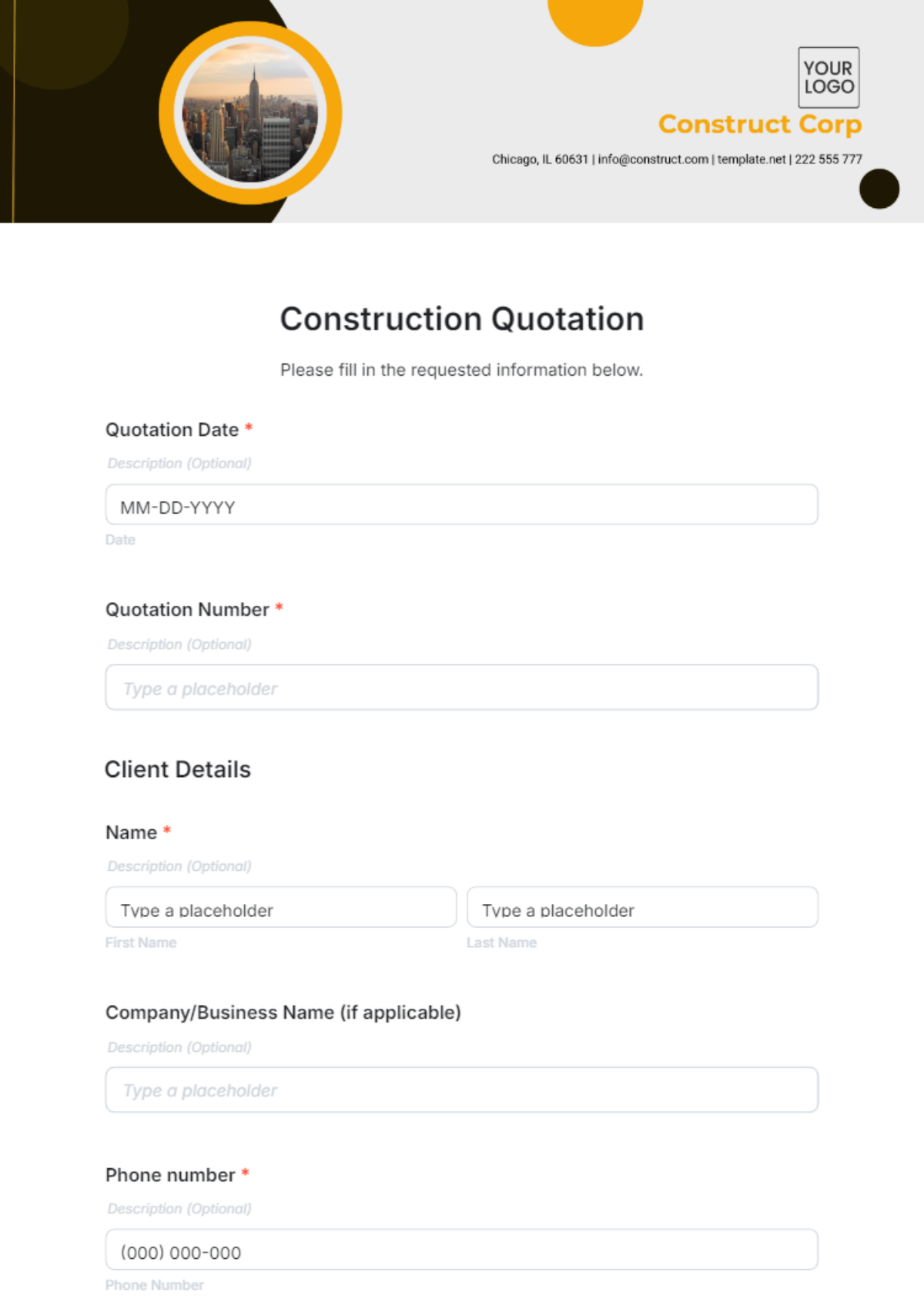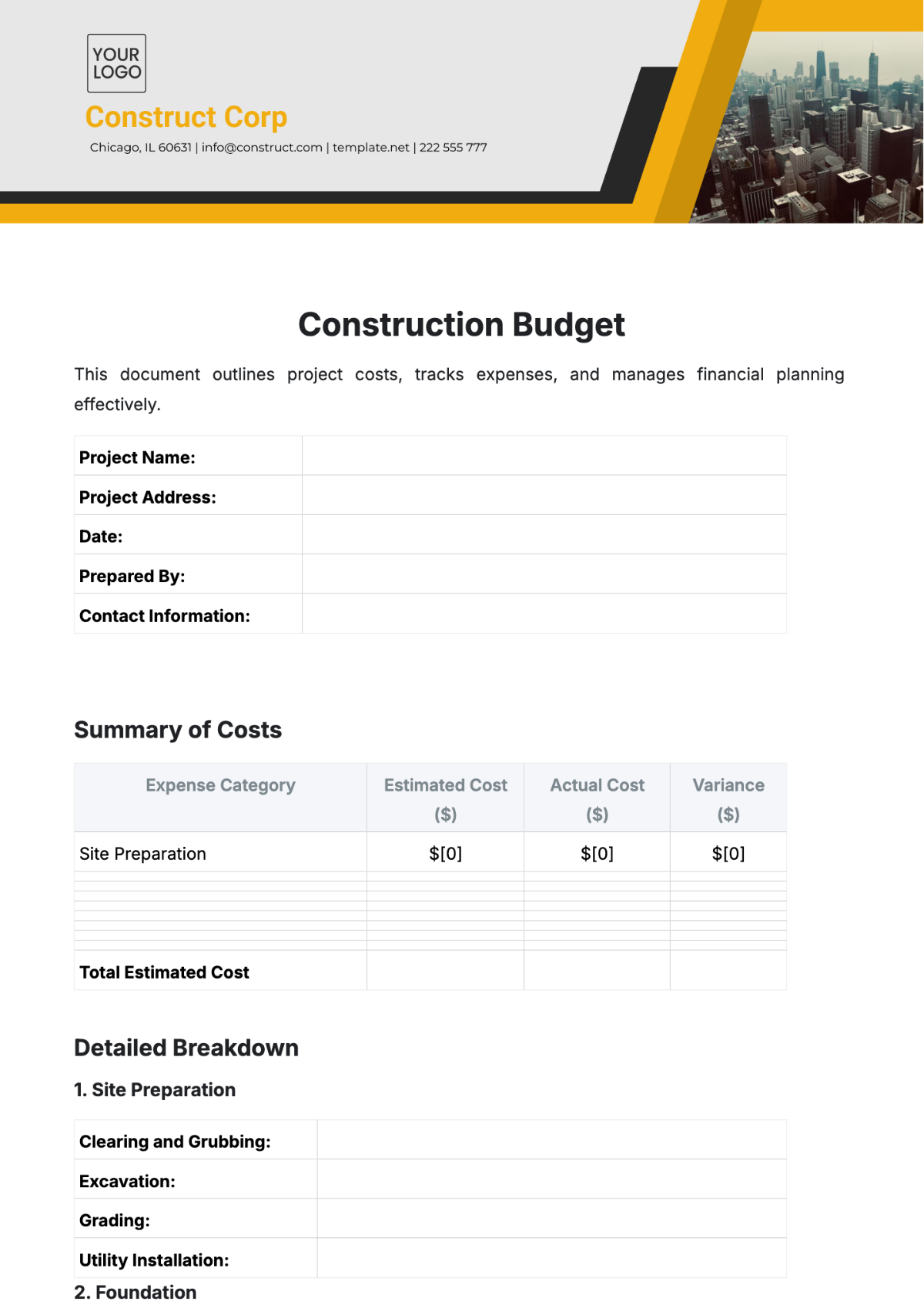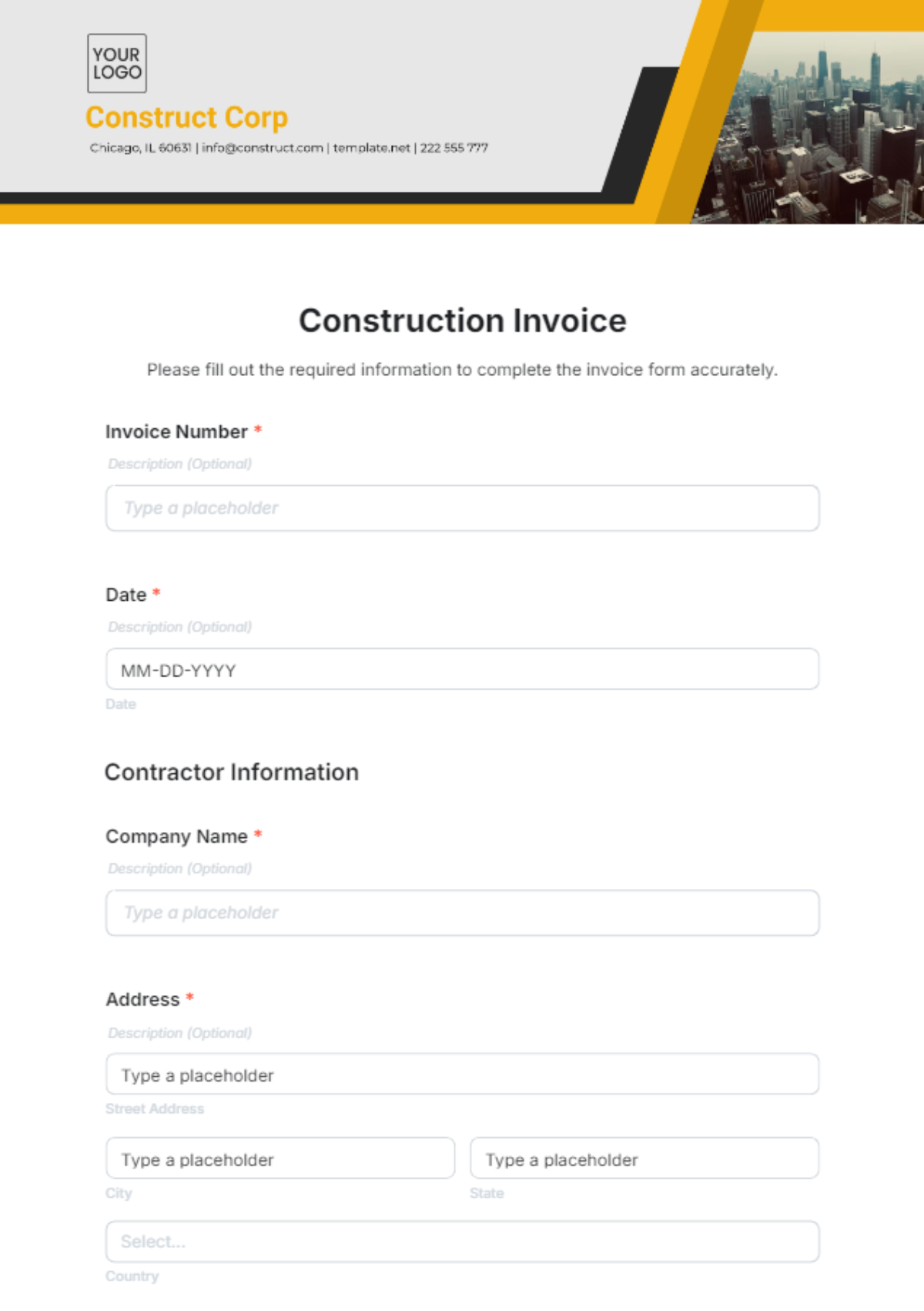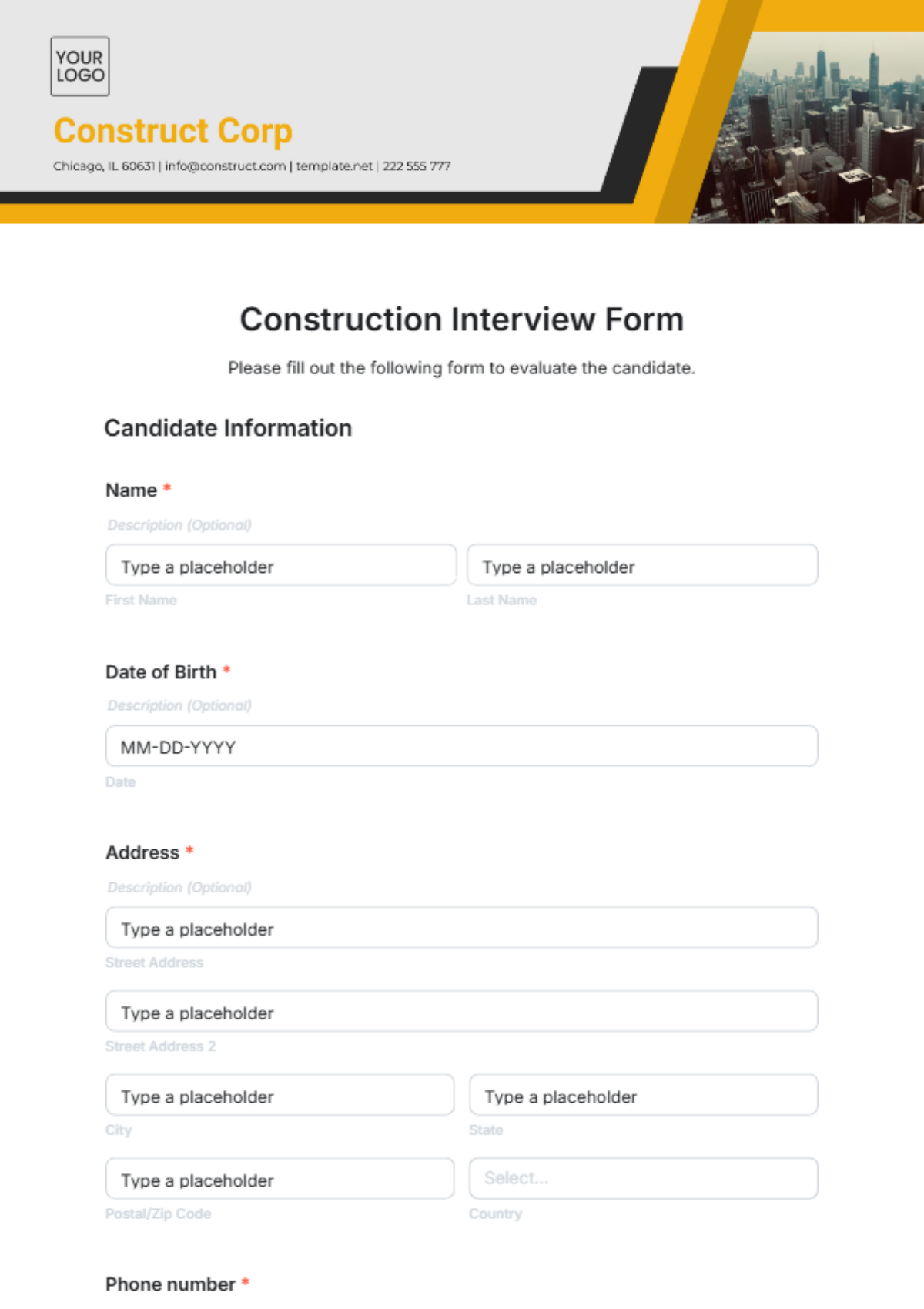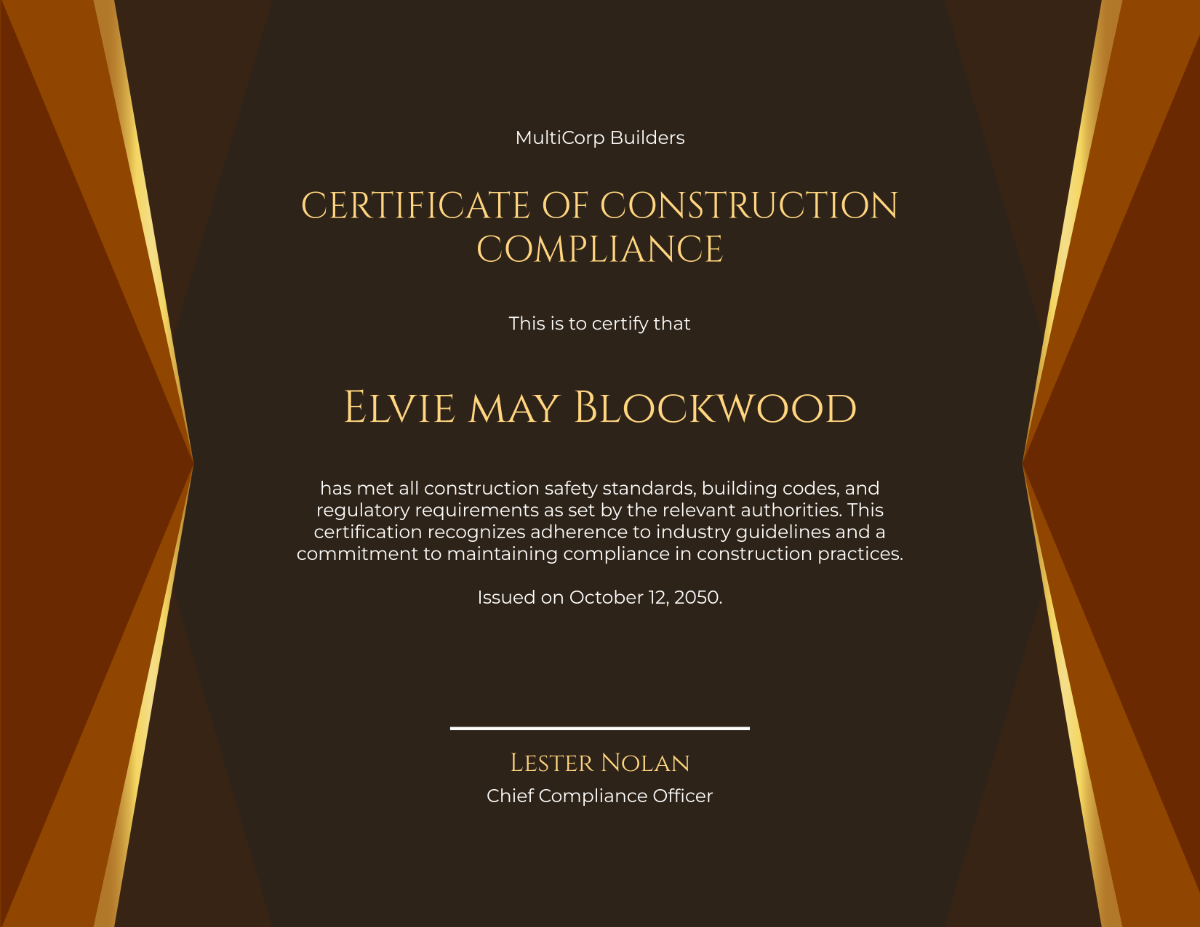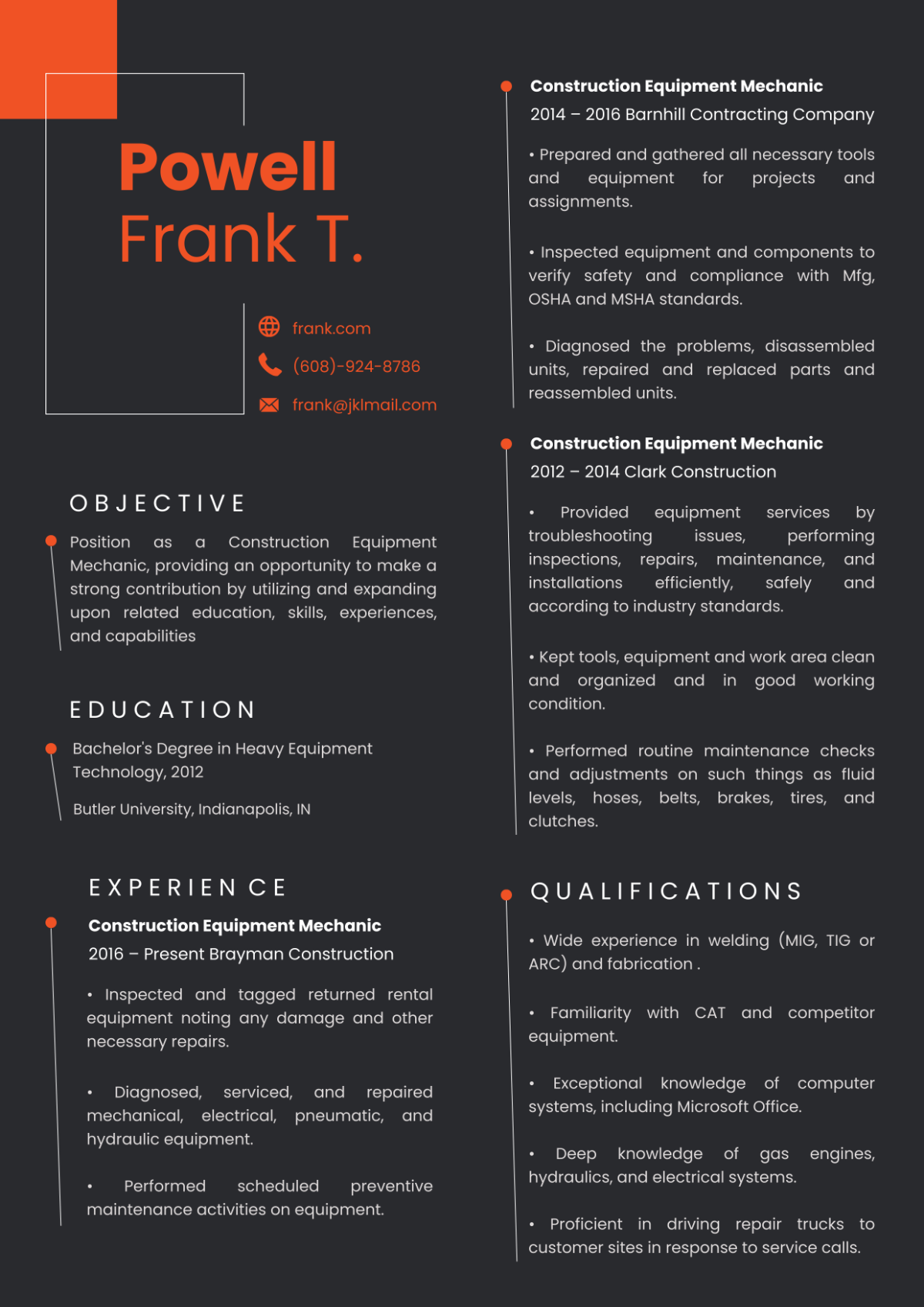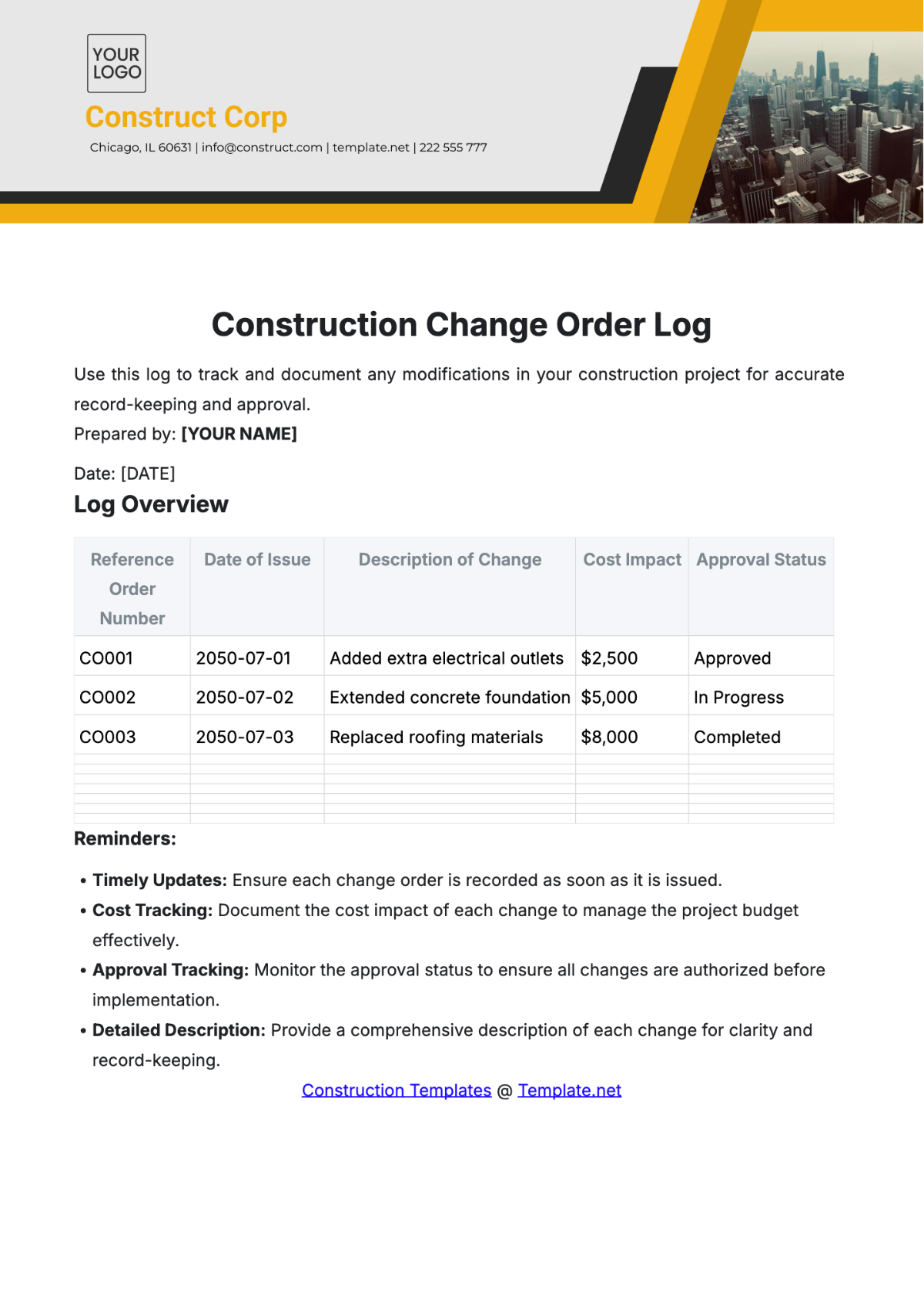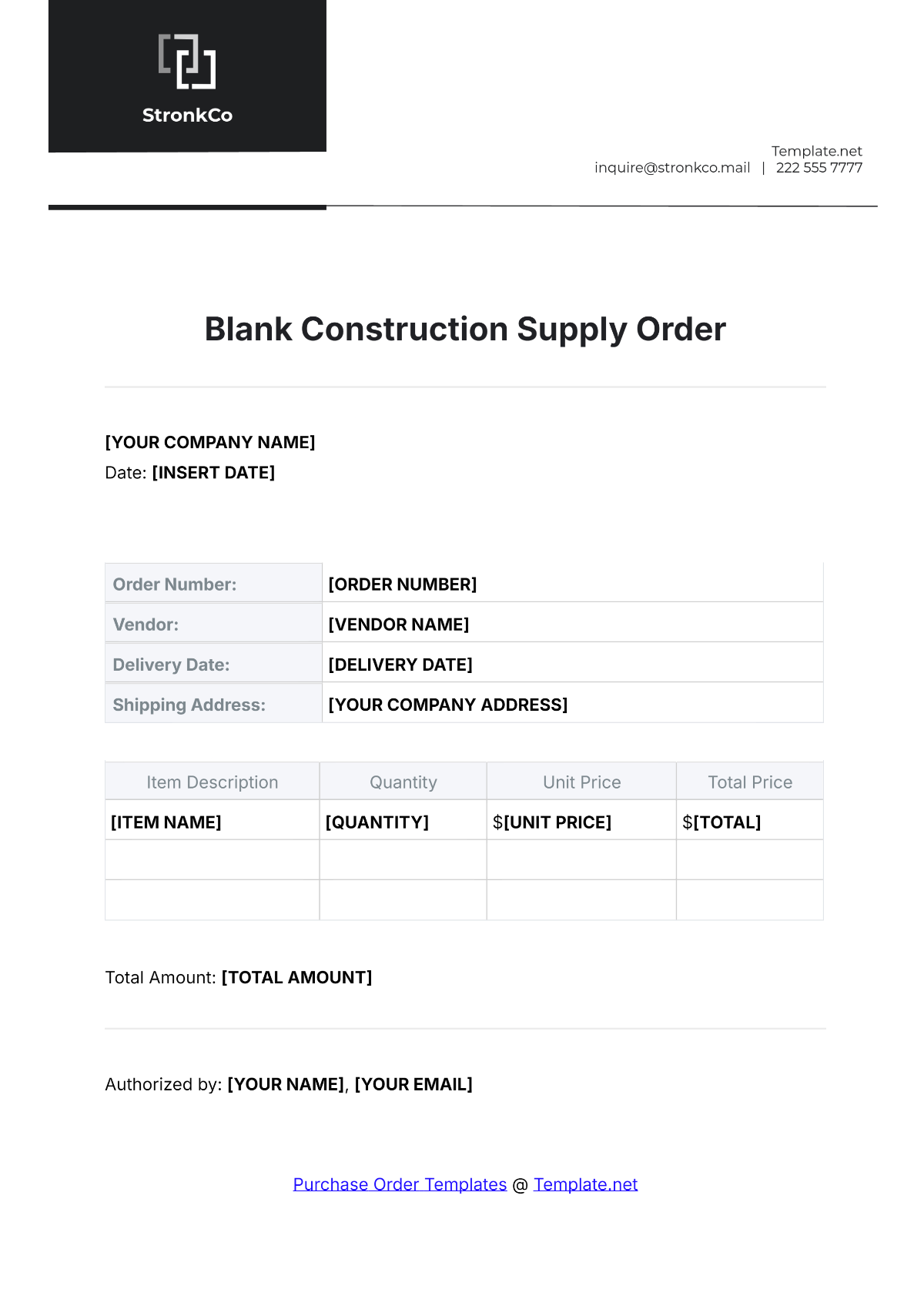Project Site Preparation
Prepared by: [YOUR NAME]
Date: [Date]
This document outlines the necessary steps, procedures, and considerations for preparing a location or site for a specific purpose or project. It provides details about tasks such as clearing the area, setting up utilities, ensuring safety measures, and coordinating logistics.
Section I: Site Clearing
Clearing the site is the foundational step of our plan. The process involves the removal of trees, stumps, vegetation, and other impediments that could interfere with the construction or use of the site.
Vegetation removal: To ensure the most effective clearing, employ professional arborists to safely remove trees and vegetation. Considerations must be made for local wildlife and environmental regulations.
Debris removal: After the vegetation is removed, any debris or leftover materials must be efficiently cleared and disposed of following proper guidelines.
Leveling the ground: Once the site has been fully cleared, the land must be leveled to ensure a solid foundation for the upcoming project.
Section II: Utility Installation
This section focuses on setting up essential utilities at the location. It usually involves steps such as contracting the necessary utility providers, installing equipment, and ensuring the proper functioning of all utilities.
Utility Type | Procedure |
|---|---|
Water | Connect with the local water department to ensure smooth installation and consistent water supply. |
Electricity | Coordinate with electricity providers to arrange necessary transformers, generators, and wiring. |
Internet | Work with a reliable Internet Service Provider (ISP) to set up a strong, consistent network connection. |
Section III: Safety Measures
Ensuring the safety of all stakeholders is of paramount importance. Each measure to be taken corresponds with an anticipated safety risk.
PPE usage: Personal Protective Equipment (PPE) must be used at all times during the project. This includes, but is not limited to, helmets, safety glasses, high-visibility clothing, and boots.
Safety briefings: Regular safety training and briefings are crucial to ensure all involved are aware of potential hazards and safety procedures.
Hazard signage: All potential hazards must have clear signage to warn individuals on-site of any risks.
Section IV: Coordinating Logistics
Coordinating logistics involves planning and managing transport, storage, and distribution of all equipment, materials, and personnel related to the project.
Logistical Aspect | Details |
|---|---|
Transportation | Plan for timely transport of materials and personnel. |
Storage | Identify and arrange secure, weather-protected storage areas for construction materials and equipment. |
Distribution | Arrange for effective distribution or delivery of materials to specified areas on-site. |
Section V: Project Execution
Upon preparing the site adequately, the next phase entails efficient execution of the project plan. The major aspects include labor management, quality control, and time management.
Labor Management: Effective leadership, communication, and supervision are essential to motivate the team and assure productivity.
Quality Control: Routine inspections should be performed to maintain high standards and precision.
Time Management: Timelines and deadlines must be set and followed to ensure the timely completion of the project.
This comprehensive guide serves as a template for site preparation to optimize the project execution. By following these procedures, stakeholders of [YOUR COMPANY NAME] should see a clear and feasible path to success.



